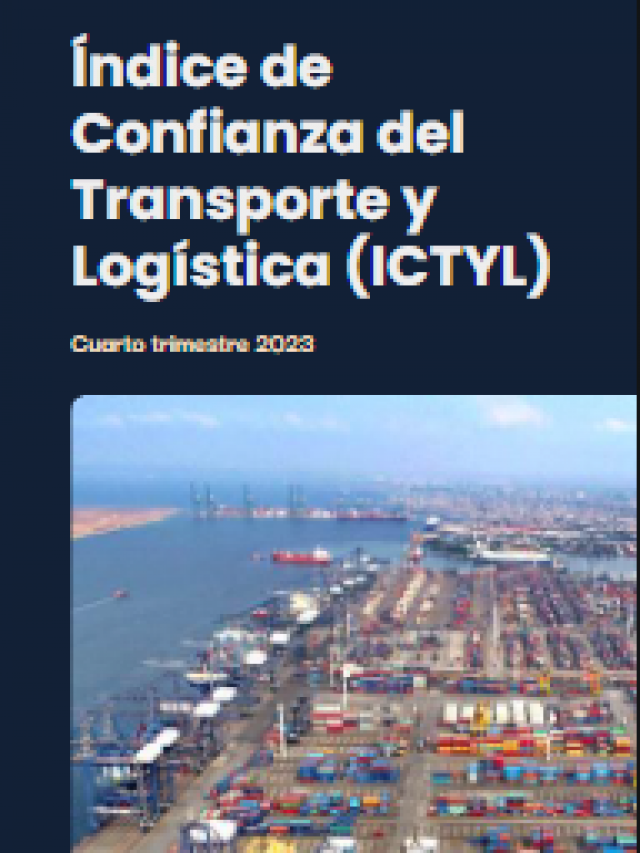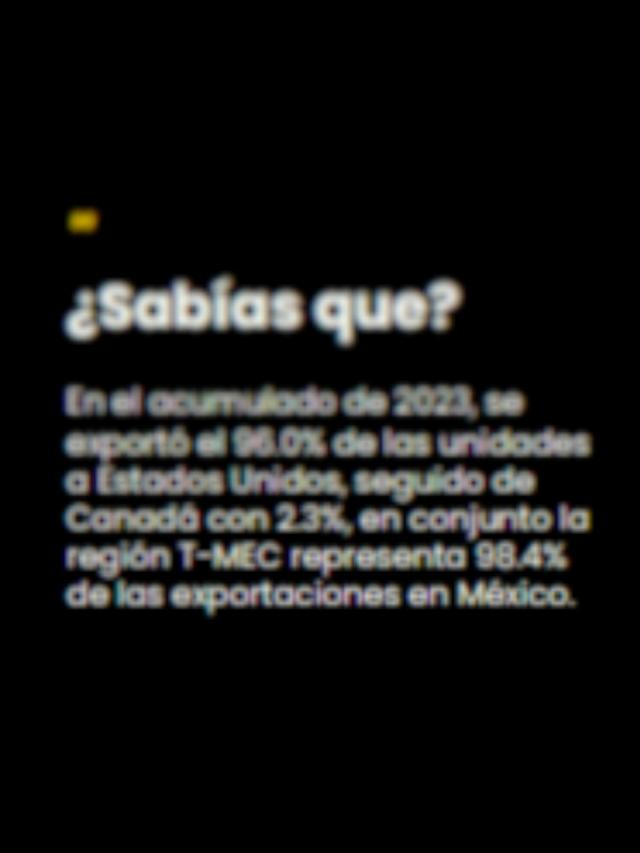
The movement of rail freight between Mexico and the United States has not been impacted by the tariff policy promoted by the president of our northern neighbor, Donald Trump , even certain segments such as cross-border and intermodal have grown.
“We have good import prospects, including in the agro-industrial sector, from North America, and we are working with authorities to facilitate smoother customs clearance and continue trade between the countries,” said Francisco Fabila, president of the Mexican Railway Association (AMF) .
In an interview, he added that they have worked with the customs authority on the Mexican Digital Window for Foreign Trade (Vucem) to achieve faster crossings and continue trade between the two countries.
Without giving further details, he mentioned that there is a major player in both cross-border and intermodal transportation: auto parts and household appliances . “This entire sector, which is located in the Bajío region, comes in, is loaded, and is sent for export. It’s a dynamic movement, and we’re also seeing an upturn in cross-border cargo leaving from Pantaco.”
In this regard, he explained that they see a dynamism and operational condition that “we don’t see beginning to diminish.”
Fabila noted that intermodal has grown by double digits in all segments in recent years . Furthermore, the peak season is beginning, which, although it sees double-digit growth throughout the year, is the peak season in the second half of the year.
“The railroad industry and the various intermodal terminals have done their job in recent years, and today they are working more efficiently, increasing their capacity. Today, they operate trains with 120 pits and 240 containers, and they handle them in less than 24 hours. The value chain is extremely fluid. You see a lot of containerized movement at the border, both in Laredo, operated by CPKC , and Piedras Negras, operated by Ferromex . In the last year, efficiency has increased considerably, and the railroads in particular have paid close attention to the intermodal sector,” he stated.
It is worth mentioning that the Association of American Railroads (AAR) reported that the accumulated volume in the first 19 weeks of the year, ending on May 10, registered 454,800 wagons, containers and intermodal trailers, 7.9% less than in the same cycle last year .
Although for the week ending May 10, 15,479 loaded rail cars were moved, representing a 24.6% increase compared to the same week in 2024, and 10,074 intermodal units, with zero growth.
While the latest growth figure was during the first five weeks of 2025 , where the accumulated volume was 123,091 wagons and intermodal containers and trailers, 16% more than at the same point last year.
“We are reviewing the AAR’s movement performance. We saw that, given the tariff climate, there was a possibility that it could come into effect. There was clearly an upswing in anticipation of the import and export of strategic goods. We’ll see how it performs in the coming months,” Fabila said.
To date, the Rail Transport Regulatory Agency (ARTF) has yet to publish figures for the end of 2024 and for the movement so far in 2025. Operational data is up to October, and safety data is up to September, both from the previous period .
Comment and follow us on X: @evandeltoro / @GrupoT21















